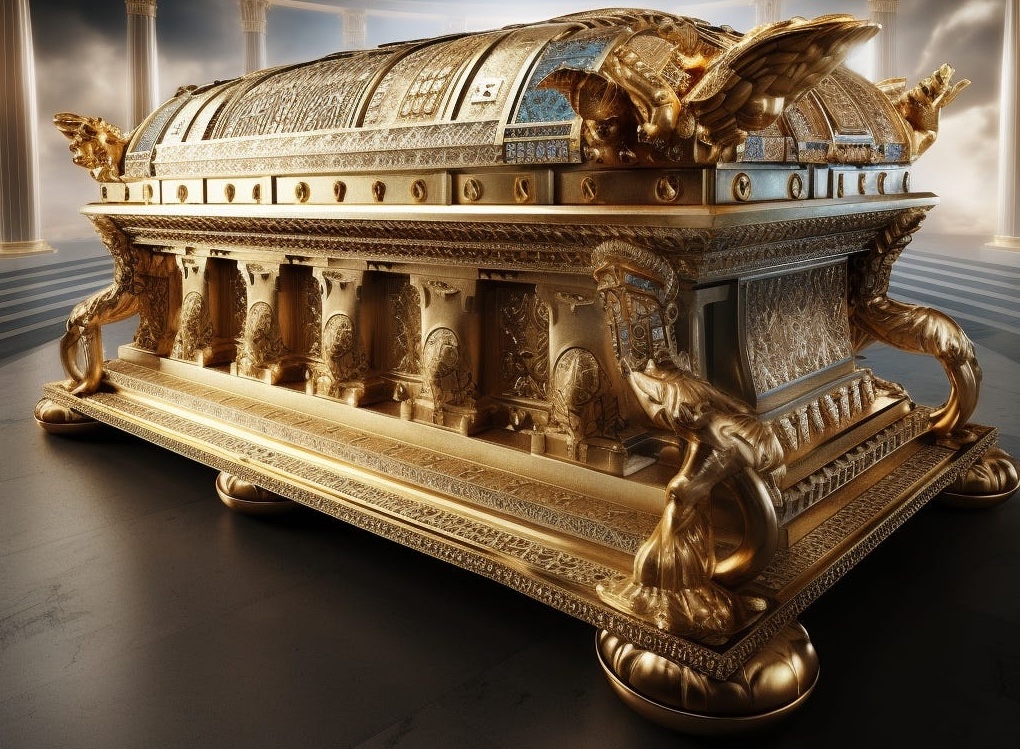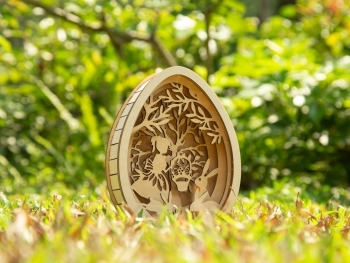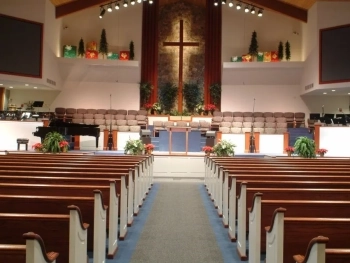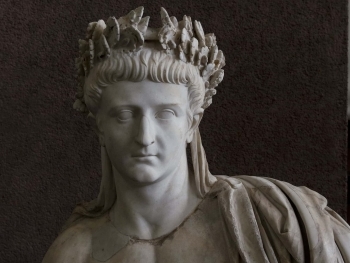The Ark of the Covenant, a sacred and mysterious artifact central to the biblical narratives, has captivated the imagination of scholars, theologians, and adventurers alike. Its journey through the annals of history is marked by awe-inspiring wonders, divine manifestations, and a profound significance that transcends its physical form.
I. Divine Design and Construction: A Blueprint from Heaven
The Ark of the Covenant was crafted according to precise instructions given by God to Moses atop Mount Sinai. Its design, materials, and dimensions were divinely ordained, emphasizing its sacred purpose. Crafted from acacia wood and overlaid with pure gold, the Ark symbolized the intersection of the earthly and the divine.
II. The Mercy Seat: God's Throne on Earth
The Ark housed the Mercy Seat, a golden cover adorned with cherubim, representing the very presence of God. Positioned between the outstretched wings of the cherubim, the Mercy Seat served as a symbolic throne for the Almighty on Earth. It was here, above the Ark, that God communed with the high priest on the Day of Atonement.
III. Divine Manifestations: The Shekinah Glory
The Ark of the Covenant was not a static object; it became a conduit for divine manifestations. The Shekinah Glory, a radiant cloud representing the presence of God, would descend upon the Mercy Seat. This luminous display affirmed God's dwelling among His people and served as a guide during the Israelites' wilderness journey.
IV. Crossing the Jordan: A Miraculous Passage
During the conquest of Canaan, the Ark played a pivotal role in miraculous events. When the Israelites approached the Jordan River, the Ark led the way. As the priests carrying the Ark stepped into the river, the waters miraculously parted, allowing the people to cross on dry ground—a striking parallel to the earlier parting of the Red Sea.
V. The Fall of Jericho: Divine Intervention
The Ark's role in the Battle of Jericho is another testament to its divine potency. As the Israelites circled the city, the Ark was carried before them. On the seventh day, after seven circuits, the people shouted, and the walls of Jericho collapsed. The Ark, representing the presence of God, was at the forefront of this miraculous victory.
VI. Captured by the Philistines: Divine Judgment
Despite its revered status, the Ark faced a moment of upheaval when captured by the Philistines. However, its presence brought calamity upon the Philistine cities, prompting them to return the Ark to Israel. This event underscored the sacred nature of the Ark and the consequences of treating it with disrespect.
VII. The Ark in Solomon's Temple: A Place of Honor
The Ark found its final resting place in the Holy of Holies within Solomon's Temple in Jerusalem. Here, it became the focal point of worship, a tangible symbol of God's covenant with His people. The Ark's presence in the temple enriched the spiritual life of Israel, marking a culmination of its journey through time.
VIII. Lost to History: The Ark's Mysterious Disappearance
The Ark of the Covenant disappears from historical records after the Babylonian conquest of Jerusalem in 586 BCE. Its fate remains one of the greatest mysteries of biblical archaeology, with theories ranging from hidden treasures to divine concealment.
IX. The Ark's Legacy: Symbol of Divine Presence
While the physical Ark may be lost to history, its legacy endures. The Ark of the Covenant remains an enduring symbol of God's presence among His people, a tangible link between the earthly and the divine. Its journey through ancient wonders leaves an indelible mark on the tapestry of religious history, inviting contemplation and awe for generations to come.




